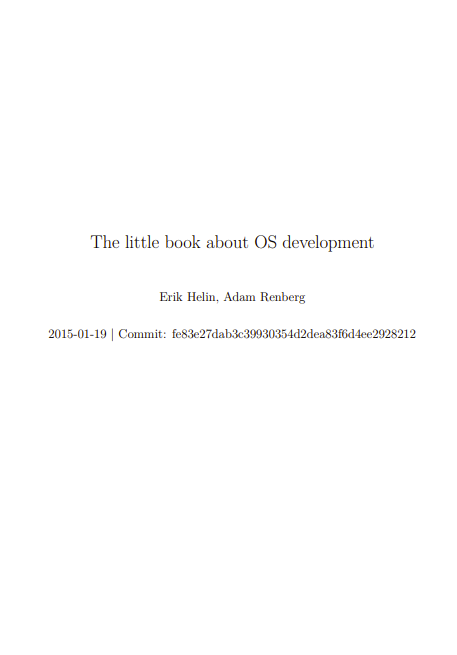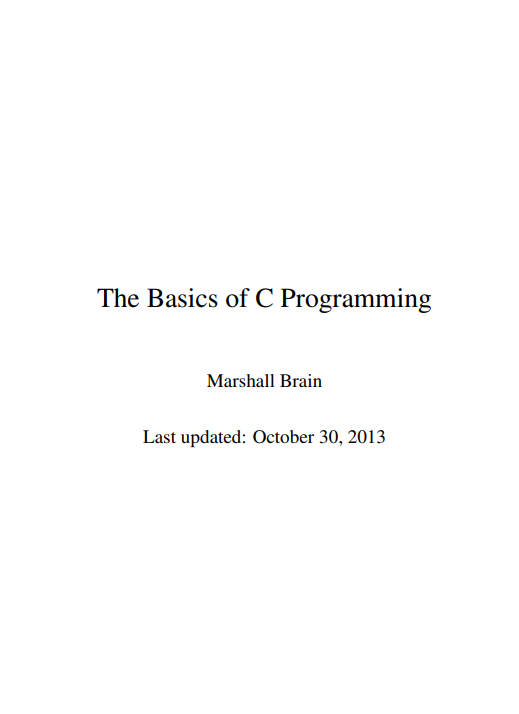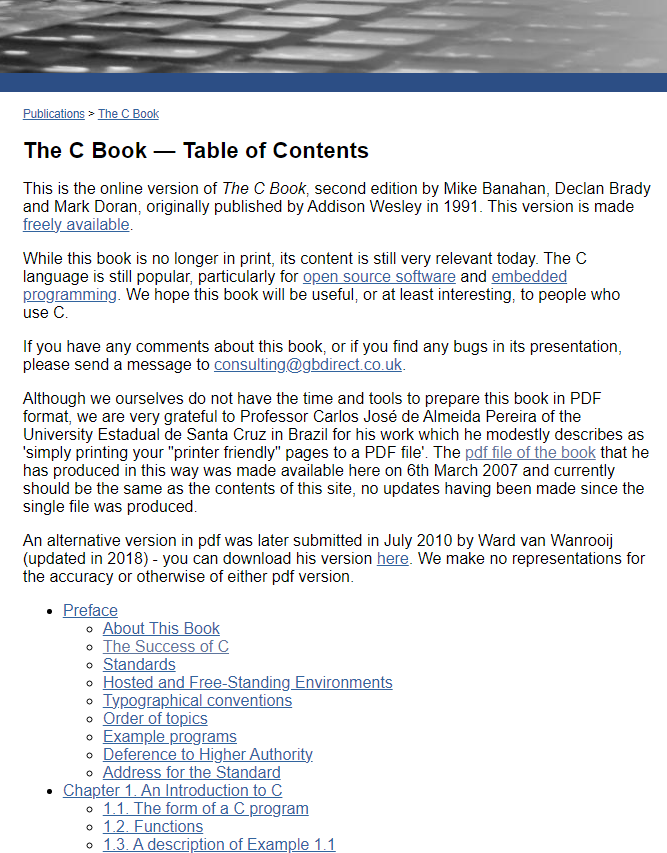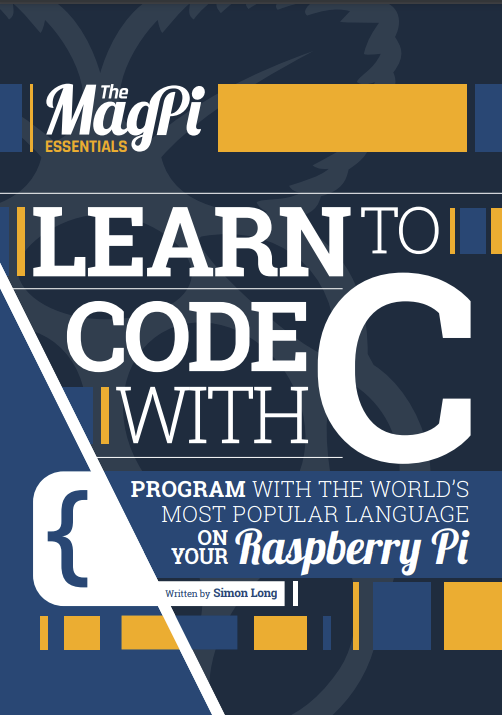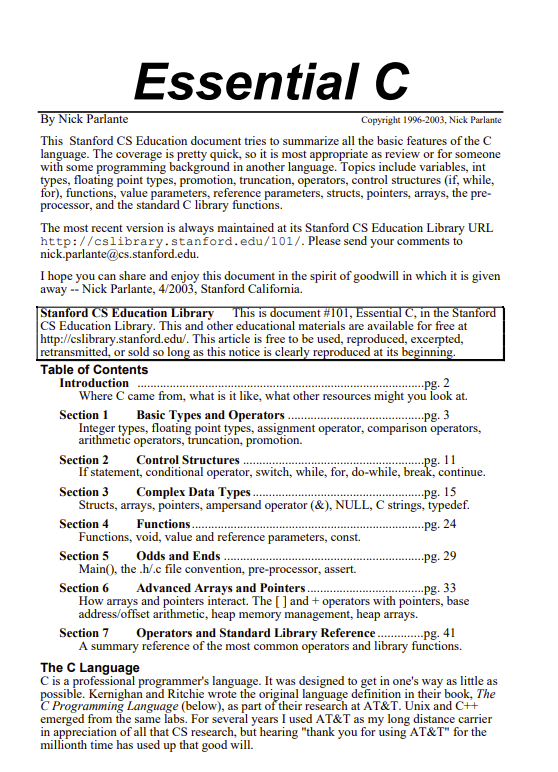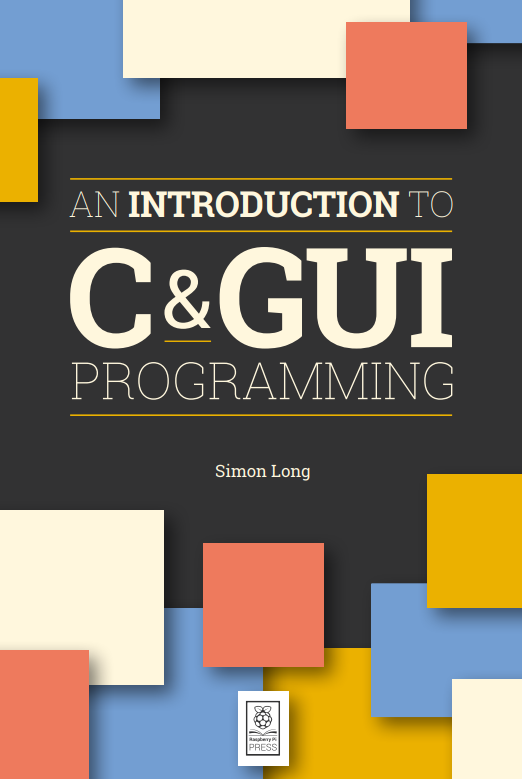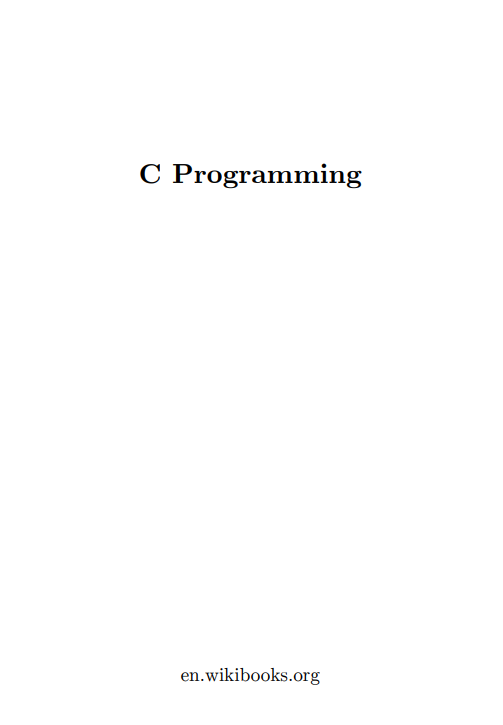Introduction
This text is a practical guide to writing your own x86 operating system. It is designed to give enough help with the technical details while at the same time not reveal too much with samples and code excerpts. We’ve tried to collect parts of the vast (and often excellent) expanse of material and tutorials available, on the web and otherwise, and add our own insights into the problems we encountered and struggled with.
This book is not about the theory behind operating systems, or how any specific operating system (OS) works. For OS theory we recommend the book Modern Operating Systems by Andrew Tanenbaum [1]. Lists and details on current operating systems are available on the Internet.
The starting chapters are quite detailed and explicit, to quickly get you into coding. Later chapters give more of an outline of what is needed, as more and more of the implementation and design becomes up to the reader, who should now be more familiar with the world of kernel development. At the end of some chapters there are links for further reading, which might be interesting and give a deeper understanding of the topics covered.
In chapter 2 and 3 we set up our development environment and boot up our OS kernel in a virtual machine, eventually starting to write code in C. We continue in chapter 4 with writing to the screen and the serial port, and then we dive into segmentation in chapter 5 and interrupts and input in chapter 6.
After this we have a quite functional but bare-bones OS kernel. In chapter 7 we start the road to user mode applications, with virtual memory through paging (chapter 8 and 9), memory allocation (chapter 10), and finally running a user application in chapter 11.
In the last three chapters we discuss the more advanced topics of file systems (chapter 12), system calls (chapter 13), and multitasking (chapter 14).
